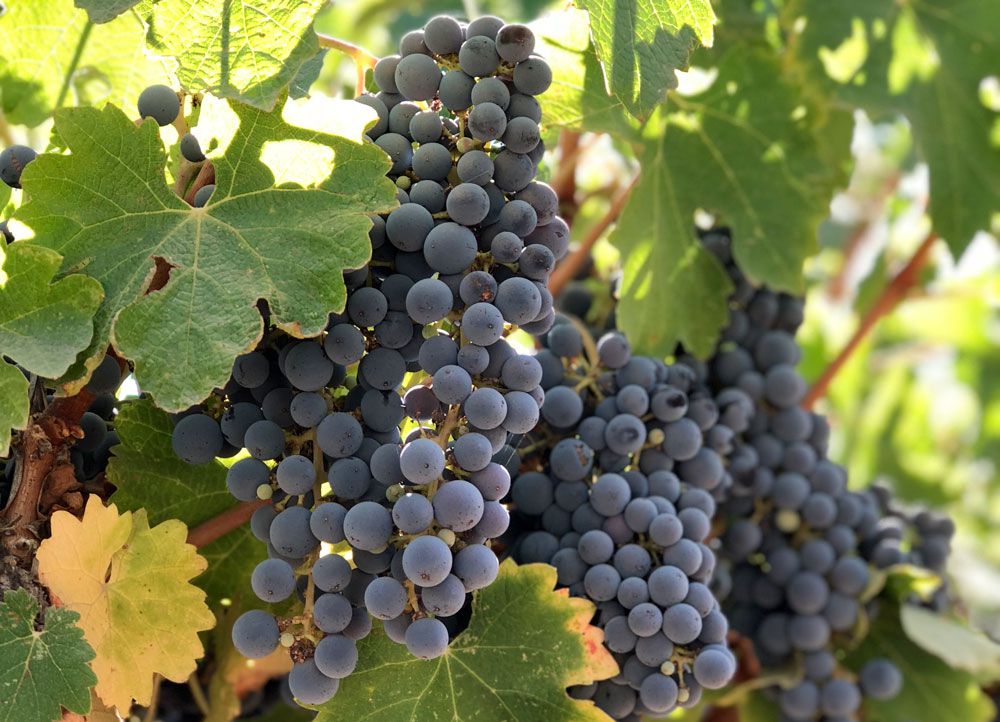
Cabernet Sauvignon
History and origin
The history of Cabernet Sauvignon, as the name suggests, tells us about a spontaneous crossing that took place in its territory of origin, the Gironde (the area of the great Bordeaux), between Cabernet Franc and Sauvignon Blanc. Only a recent DNA analysis has allowed us to certify this crossing, which is actually thought to have occurred around the seventeenth century.
Characteristics of the vine
Cabernet Sauvignon is a grape variety that has had great success in the Bordeaux area - and later in the world - thanks to some of its important characteristics. From an agronomic point of view it is a rather easy vine to grow; it suffers from excessive humidity - which is why it prefers draining soils - but thanks also to the thick skin it is very resistant. The clusters are small, red to blue in color, similar to blueberry.
Wines from Cabernet Sauvignon
Also from the enological point of view, Cabernet Sauvignon has very interesting characteristics that make it suitable for producing both young wines but also wines with long aging.
The marked acidity, combined with a generous presence of tannins and polyphenols, ensure that wines of great structure and longevity are born from this vine. The tannins, which in young wines are marked and with pungent vegetal notes, evolve into subtle and elegant textures when the wine ages in wood, giving wines of great power destined to give their best over time.
Pairings with food
The best combinations of Cabernet Sauvignon with food, with an eye to the great Tuscan culinary tradition, are found in dishes with a strong gustatory intensity. With a wine as important as Cabernet Sauvignon, especially when aged in barriques, the capacity must be equally important. Therefore, roast meat, especially game (it is impossible not to think of stewed wild boar, emblem of Tuscan cuisine and of Central Italy). But also semi-seasoned and seasoned cheeses.


